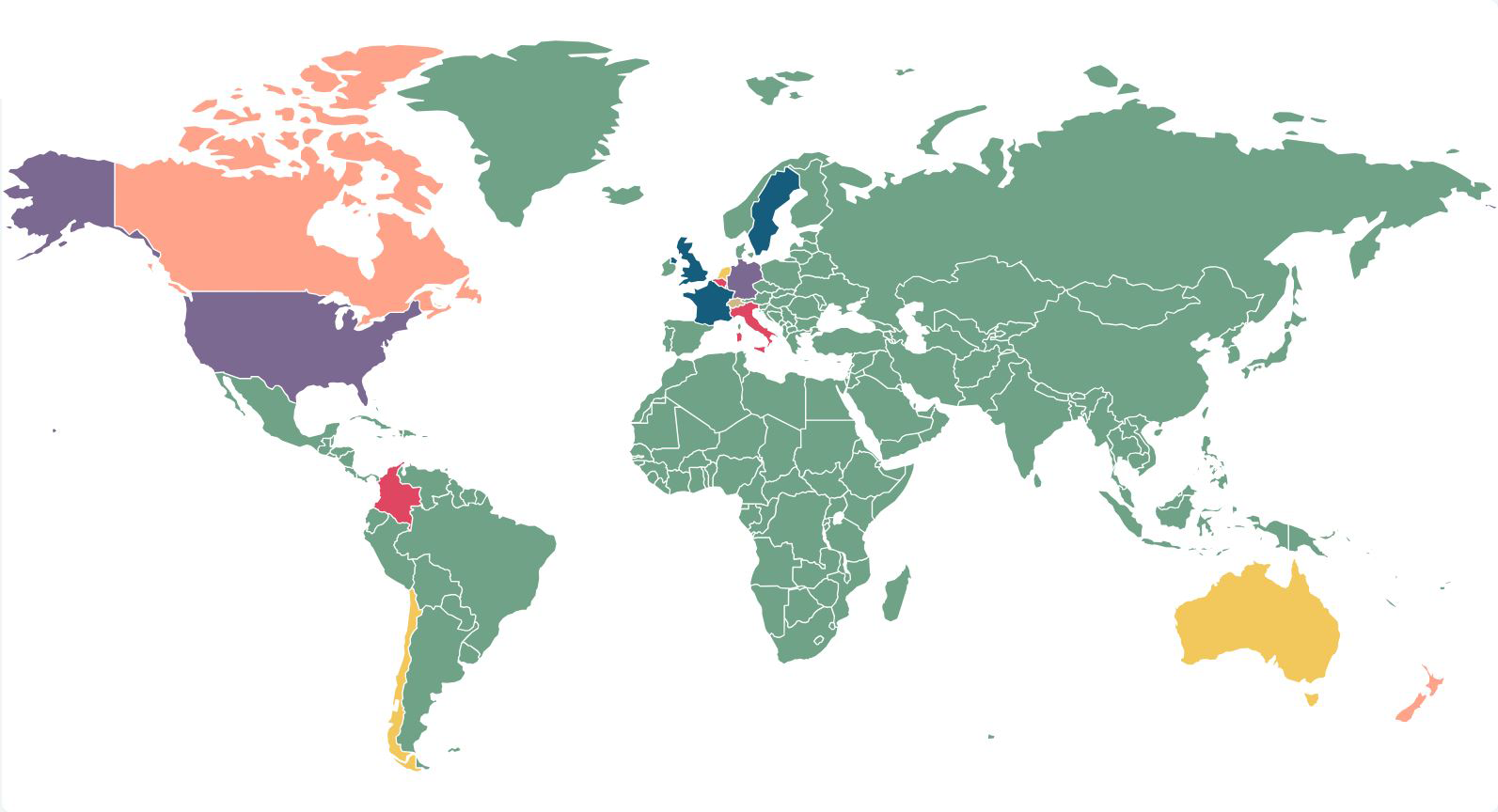Asia will see ever-increasing data protection regulations and obligations
Asia will continue to develop expertise and experience in combating cyber events, and rapidly implement further and fit-for-purpose legislation and regulations, as regional governments recognise the importance of a well-controlled 'cyber space' in attracting international business investment. More stringent requirements, for example the obligation on all Singapore businesses to have a nominated Data Protection Officer, could mean more demand for cyber cover, which will likely continue the circa 50% year-on-year growth in the markets for the product across the region. The principal leaders in driving legislative change will be Singapore and Hong Kong. The principal targets will remain SMEs, both for insurers and (unfortunately) for threat actors. The major opportunities will be in Thailand, Malaysia, Vietnam, Indonesia and the Philippines. The fascinating (and huge) enigmas will be India and China.
Congestion at Southeast Asian ports will continue
We expect the congestion at Southeast Asian ports to continue for at least the first half of 2025. This has been an ongoing phenomenon since 2024 and the driving factors are expected to persist in 2025. Internationally, this is due to the instability in the Middle East and the Red Sea. This is unlikely to be resolved in the near future, causing vessels to be diverted around the Cape of Good Hope and leading to longer voyages and port congestion. There are also factors specific to Asia. The longer voyages increase the need for transhipment in the area, and so traffic in the nearby waters. The expected shift of manufacturing bases to Southeast Asia is also going to contribute. The knock-on effects of these issues will be significant: freight rates will remain high; diversion may bring about piracy risks; and all of these issues will keep insurance costs high.
Demand for commercial passenger aircraft in Indonesia will soar
With the vastness of the archipelago and the low number of operating aircraft, aviation industry players need significantly to increase aircraft numbers to ensure connectivity, which is one of the main pillars supporting economic growth in Indonesia. Operating aircraft currently range from 450 to 500 which is a significant reduction from the approximately 800 aircraft operating pre COVID-19. One of the major aircraft manufacturers predicts that Indonesia will need more than one thousand new aircraft in the next two decades (based on strong passenger traffic growth of around 7.4% per year, or more than double the global average growth). Last month, a new airline began operating domestic routes (passenger and cargo) with 6 aircraft in its fleet. Several other local airlines also continue to bring in new aircraft every year. It is anticipated that there more new local airlines will be set up next year. Aviation insurance premiums are expected to continue to grow in line with the increasing number of aircraft operating in Indonesia.
Climate change will impact solar and wind projects in Southeast Asia and increase claims
Southeast Asia has significant potential to develop solar photovoltaic (PV) and wind projects, and there continues to be scope for them to comprise a greater share of the region's electricity generation. However, climate change has the potential to hamper such developments due to the increased threat of extreme heavy rainfall, deadly heatwaves and typhoons/cyclones (such as Yagi, which devastated parts of Vietnam, Thailand, Myanmar and Lao earlier this year). With almost 50% of installed solar PV and hydropower projects, over 40% of wind turbines and more than 20% of the grid infrastructure situated in cyclone/typhoon-prone areas across the region, the damage caused by extreme weather is likely to place an increasing strain on the ability to produce renewable electricity. As a result, we anticipate an increase in claims for property damage and delays to the construction of new projects, as well as financial losses relating to system failures and power outages.
Serial defects issues in renewable energy projects will challenge insurers
In 2025, we consider that serial defect losses will continue to present challenges for insurers, who will need to adapt and amend cover to ensure it meets with their risk profile. Significant developments in wind and solar PV projects are providing new and exciting opportunities for clean energy production. However, their infancy in design and rapid developments in technology mean that the risk of insurance claims is significant, particularly in respect of serial defects claims. These types of claims tend to be more prevalent in these types of projects due to the large volume of replicated assets (such as turbines/ solar panels and cables), which are designed, manufactured and installed in the same way. When a defect has occurred with one asset, it is likely to be evident in others in the same project. Many insurers are reacting to such claims by attempting to mitigate their exposure by, for example, including exclusions for these defects, or incorporating sliding scales of indemnity based on the number of losses, but such measures are not perfect and have led to significant losses over the last year.




